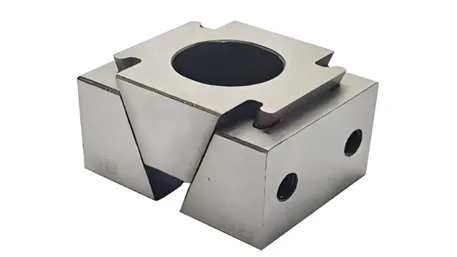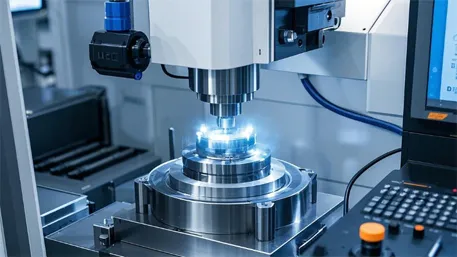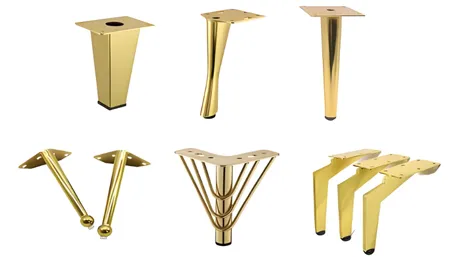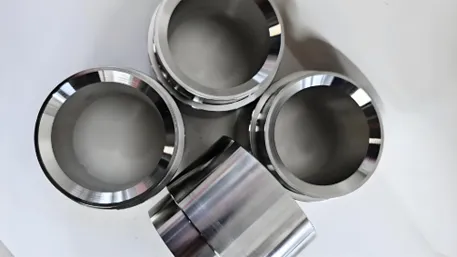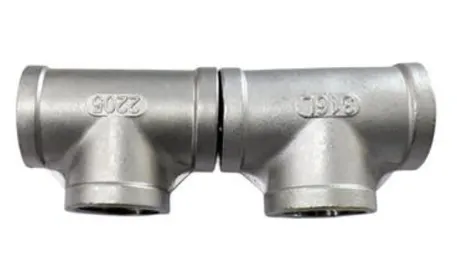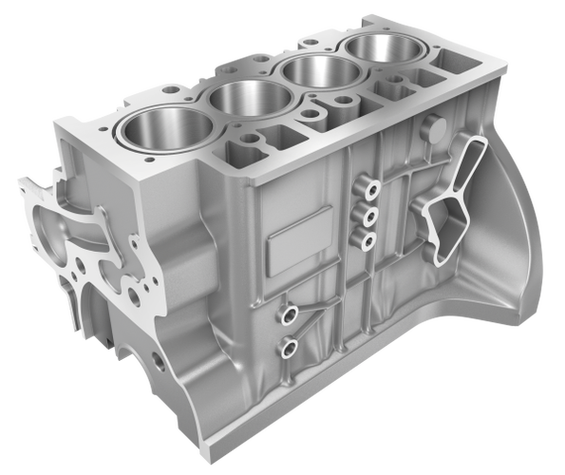I. Reconfiguration of Global Market Landscape and Corporate Strategic Adjustments
1. Regional Layout Acceleration by Leading Enterprises
Austrian injection molding giant ENGEL announced the acquisition of its long-term Spanish partner Roegele in May 2025, establishing ENGEL Spain. This move aims to strengthen its penetration in the southwestern European market, particularly focusing on high-end injection molding demands in automotive and medical technology sectors. As a key plastic processing hub in Europe, Spain’s automotive parts and packaging industries have strong demand for high-precision equipment. By localizing services, ENGEL has reduced response time by 30% while leveraging Roegele’s industry expertise to expand into emerging markets such as new energy vehicle battery casings. Earlier, ENGEL’s Mexican factory commenced operations in March 2025, specializing in all-electric injection molding machines with a target to triple production capacity by 2027, responding to growing orders from North American manufacturing reshoring.
Austrian injection molding giant ENGEL announced the acquisition of its long-term Spanish partner Roegele in May 2025, establishing ENGEL Spain. This move aims to strengthen its penetration in the southwestern European market, particularly focusing on high-end injection molding demands in automotive and medical technology sectors. As a key plastic processing hub in Europe, Spain’s automotive parts and packaging industries have strong demand for high-precision equipment. By localizing services, ENGEL has reduced response time by 30% while leveraging Roegele’s industry expertise to expand into emerging markets such as new energy vehicle battery casings. Earlier, ENGEL’s Mexican factory commenced operations in March 2025, specializing in all-electric injection molding machines with a target to triple production capacity by 2027, responding to growing orders from North American manufacturing reshoring.
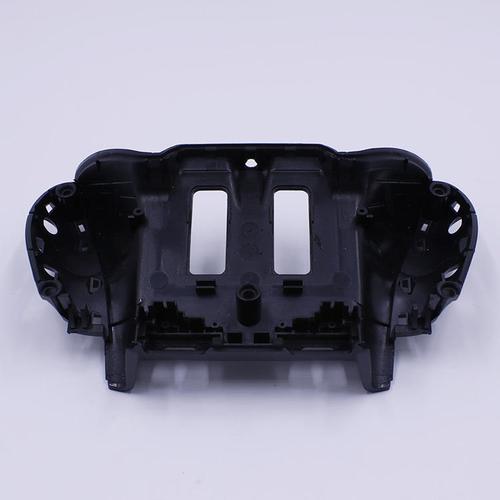
2. Asian Enterprises Capturing Emerging Markets
China’s Yizumi launched its sixth-generation intelligent injection molding machine A6 series at the 2025 Central Asia International Plastics Exhibition. With a mold opening accuracy of ±0.5mm and a product weight repeatability precision of 2‰, it successfully entered Uzbekistan’s automotive parts and home appliance manufacturing markets. Collaborating with local agent SEDIR, it customized a servo energy-saving system for the Central Asian market, aligning with Uzbekistan’s “Strategy 2030” green transition goals. Meanwhile, LK Machinery showcased its FA650 two-platen energy-saving injection molding machine at PLASTO 2025 in India, focusing on serving India’s rapidly growing consumer electronics and packaging industries. Its EL130 all-electric model, free from hydraulic oil contamination, has been widely adopted by Indian medical device manufacturers.
China’s Yizumi launched its sixth-generation intelligent injection molding machine A6 series at the 2025 Central Asia International Plastics Exhibition. With a mold opening accuracy of ±0.5mm and a product weight repeatability precision of 2‰, it successfully entered Uzbekistan’s automotive parts and home appliance manufacturing markets. Collaborating with local agent SEDIR, it customized a servo energy-saving system for the Central Asian market, aligning with Uzbekistan’s “Strategy 2030” green transition goals. Meanwhile, LK Machinery showcased its FA650 two-platen energy-saving injection molding machine at PLASTO 2025 in India, focusing on serving India’s rapidly growing consumer electronics and packaging industries. Its EL130 all-electric model, free from hydraulic oil contamination, has been widely adopted by Indian medical device manufacturers.
II. Technological Innovation Driving Industrial Upgrades
1. Deep Integration of Intelligence and Digitalization
Midea Group’s Smart Manufacturing Research Institute has developed an intelligent injection molding factory technology that increases the first-pass yield of automotive components from 82% to 97% through an AI process optimization system, while shortening mold debugging cycles by 40%. This technology integrates mold condition sensing, equipment fault prediction, and energy management modules to achieve full-process digitalization of injection molding, reducing energy consumption per machine by 10%. Shandong University’s micro-foam injection molding technology achieves 30% weight reduction in plastic parts through gas-assisted molding while enhancing impact resistance. It has been applied in producing new energy vehicle battery casings, with actual weight of only 8.2kg—18% lighter than traditional solutions.
Midea Group’s Smart Manufacturing Research Institute has developed an intelligent injection molding factory technology that increases the first-pass yield of automotive components from 82% to 97% through an AI process optimization system, while shortening mold debugging cycles by 40%. This technology integrates mold condition sensing, equipment fault prediction, and energy management modules to achieve full-process digitalization of injection molding, reducing energy consumption per machine by 10%. Shandong University’s micro-foam injection molding technology achieves 30% weight reduction in plastic parts through gas-assisted molding while enhancing impact resistance. It has been applied in producing new energy vehicle battery casings, with actual weight of only 8.2kg—18% lighter than traditional solutions.
2. New Material Applications Breaking Technical Barriers
The 2025 top ten technology trends in the injection molding industry show that precision forming accuracy for carbon fiber composite materials (CFRP) has ±0.01mm (reached ±0.01mm), with costs 25% lower than aluminum alloy solutions, driving lightweighting of power battery casings. Enterprises like Wanhua Chemical have achieved domestic production of medical-grade PEEK materials with a yield rate of 98%, expecting to capture 35% of the robot joint component market by 2025 and reduce import costs by 40%. Husky’s multi-layer injection molding technology uses a PVOH barrier layer to produce biodegradable coffee capsules, certified by the BPI to fully degrade within 90 days while solving oxygen barrier challenges, already adopted by brands like Starbucks.
The 2025 top ten technology trends in the injection molding industry show that precision forming accuracy for carbon fiber composite materials (CFRP) has ±0.01mm (reached ±0.01mm), with costs 25% lower than aluminum alloy solutions, driving lightweighting of power battery casings. Enterprises like Wanhua Chemical have achieved domestic production of medical-grade PEEK materials with a yield rate of 98%, expecting to capture 35% of the robot joint component market by 2025 and reduce import costs by 40%. Husky’s multi-layer injection molding technology uses a PVOH barrier layer to produce biodegradable coffee capsules, certified by the BPI to fully degrade within 90 days while solving oxygen barrier challenges, already adopted by brands like Starbucks.
III. Sustainable Development and Policy Games
1. Implementation of Green Manufacturing Technologies
Husky’s rPET solution achieves an 85% chemical recycling rate for waste plastics, with recycled preforms emitting 59% less carbon than virgin PET, certified under the EU’s Packaging and Packaging Waste Directive. TE Connectivity’s bio-based nylon materials reduce annual CO2 emissions by 1,250 tons, and its 3D-printed energy-saving nozzles have saved over ¥1.2 million in electricity costs annually across four factories. Midea Group has improved material utilization to 85% through unmanned post-injection technology while reducing mold change time from 60 minutes to 5 minutes, minimizing human intervention.
Husky’s rPET solution achieves an 85% chemical recycling rate for waste plastics, with recycled preforms emitting 59% less carbon than virgin PET, certified under the EU’s Packaging and Packaging Waste Directive. TE Connectivity’s bio-based nylon materials reduce annual CO2 emissions by 1,250 tons, and its 3D-printed energy-saving nozzles have saved over ¥1.2 million in electricity costs annually across four factories. Midea Group has improved material utilization to 85% through unmanned post-injection technology while reducing mold change time from 60 minutes to 5 minutes, minimizing human intervention.
2. Escalating International Trade Frictions
In December 2024, the U.S. ITC launched a 337 investigation into certain injection molding machines, accusing Ningbo Aosheng Mould of infringing multiple U.S. patents. The investigation covers automotive parts and consumer electronics, and a ruling against Chinese companies could impact exports to the U.S. Meanwhile, Southeast Asia has become a hotspot for supply chain relocation, with Chinese enterprises investing over ¥5 billion in mold industry clusters in Vietnam and Thailand. Hon Hai Precision’s Vietnamese factory has a per capita output value of $300,000, with labor costs only one-third of those in China. The North American market, through the Inflation Reduction Act, requires over 50% localization of EV components, forcing injection molding enterprises to set up factories in Mexico and other regions to avoid trade barriers.
In December 2024, the U.S. ITC launched a 337 investigation into certain injection molding machines, accusing Ningbo Aosheng Mould of infringing multiple U.S. patents. The investigation covers automotive parts and consumer electronics, and a ruling against Chinese companies could impact exports to the U.S. Meanwhile, Southeast Asia has become a hotspot for supply chain relocation, with Chinese enterprises investing over ¥5 billion in mold industry clusters in Vietnam and Thailand. Hon Hai Precision’s Vietnamese factory has a per capita output value of $300,000, with labor costs only one-third of those in China. The North American market, through the Inflation Reduction Act, requires over 50% localization of EV components, forcing injection molding enterprises to set up factories in Mexico and other regions to avoid trade barriers.
IV. Challenges and Future Trends
1. Technical Barriers and Talent Gaps
Core technologies for high-end injection molding equipment remain monopolized by European and American companies, such as Husky’s multi-layer injection patents and ENGEL’s intelligent control systems. Chinese enterprises need to strengthen basic research—for example, while Shandong University’s micro-foam technology is internationally leading, industrialization still requires overcoming mold manufacturing precision bottlenecks. Meanwhile, intelligent production has created a 30% gap in composite talent with skills in “machinery + AI + materials.”
Core technologies for high-end injection molding equipment remain monopolized by European and American companies, such as Husky’s multi-layer injection patents and ENGEL’s intelligent control systems. Chinese enterprises need to strengthen basic research—for example, while Shandong University’s micro-foam technology is internationally leading, industrialization still requires overcoming mold manufacturing precision bottlenecks. Meanwhile, intelligent production has created a 30% gap in composite talent with skills in “machinery + AI + materials.”
2. Regional Competition and Compliance Costs
The EU’s Carbon Border Adjustment Mechanism (CBAM) and North American localization requirements increase export costs, requiring enterprises to balance technological investment with compliance expenses. For example, Husky has integrated its rPET solution into global product lines to meet the EU’s 30% recycled material mandate. While Southeast Asian capacity expansion reduces costs, it faces challenges like local skilled labor shortages and insufficient IP protection.
The EU’s Carbon Border Adjustment Mechanism (CBAM) and North American localization requirements increase export costs, requiring enterprises to balance technological investment with compliance expenses. For example, Husky has integrated its rPET solution into global product lines to meet the EU’s 30% recycled material mandate. While Southeast Asian capacity expansion reduces costs, it faces challenges like local skilled labor shortages and insufficient IP protection.
3. Future Competition Focus
The industry will compete on three dimensions: ① technical integration capabilities, such as “injection molding + 3D printing” hybrid manufacturing; ② service model innovation, such as shifting from equipment sales to “processing services + data subscriptions”; ③ sustainable development practices, such as carbon footprint management and closed-loop production systems. The global injection molding market is projected to exceed $800 billion by 2030, with intelligence, lightweighting, and greening becoming key markers of corporate competitiveness.
The industry will compete on three dimensions: ① technical integration capabilities, such as “injection molding + 3D printing” hybrid manufacturing; ② service model innovation, such as shifting from equipment sales to “processing services + data subscriptions”; ③ sustainable development practices, such as carbon footprint management and closed-loop production systems. The global injection molding market is projected to exceed $800 billion by 2030, with intelligence, lightweighting, and greening becoming key markers of corporate competitiveness.
Conclusion
The injection molding processing industry in 2025 is undergoing dual transformations of technological iteration and global layout. International giants like ENGEL and Husky are consolidating market positions through regional strategies, while Chinese enterprises are accelerating growth via intelligent equipment and new material applications. Sustainable development and international trade policies have become critical variables shaping industry landscapes, with technological integration and talent reserve determining success in the next round of competition. In the future, enterprises that deeply integrate green manufacturing, digital transformation, and regional supply chain optimization will dominate the global injection molding market.

